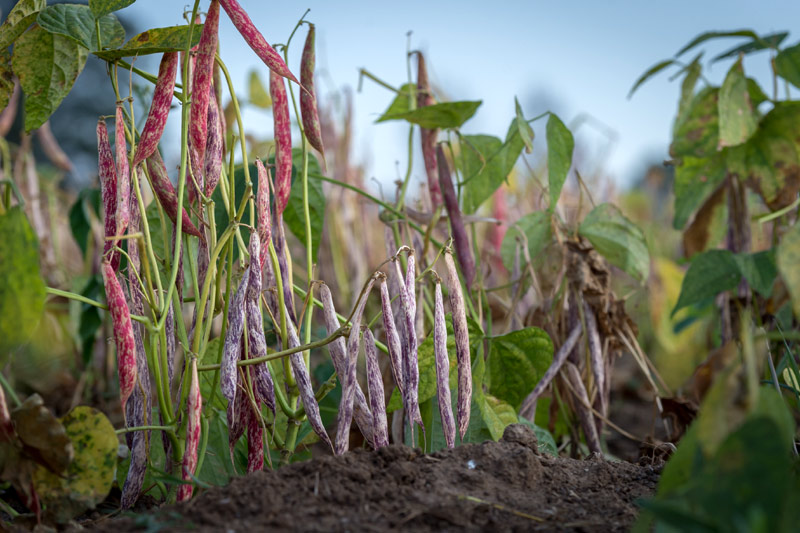When growing sugar beans in South Africa, there are several infections and diseases that you should watch out for. These can affect the health and productivity of your crop. Here are some common ones:
- Rust (Uromyces appendiculatus):
Rust is a fungal disease that affects the leaves and stems of sugar beans. It appears as small, reddish-brown pustules on the plant’s surface. Rust can weaken the plant and reduce its yield. To manage rust, use disease-resistant varieties, practice crop rotation, and apply fungicides if necessary. - Angular Leaf Spot (Pseudomonas syringae pv. phaseolicola):
Angular leaf spot is a bacterial disease that causes angular, water-soaked lesions on the leaves of sugar beans. These lesions may turn brown or black as they age. To manage angular leaf spot, plant disease-free seeds, practice crop rotation, and avoid overhead irrigation. - Anthracnose (Colletotrichum lindemuthianum):
Anthracnose is a fungal disease that affects various parts of the sugar bean plant, including leaves, pods, and seeds. It causes dark, sunken lesions on the affected tissues. To manage anthracnose, plant disease-resistant varieties, space plants properly for good air circulation, and remove and destroy infected plant debris. - Bean Common Mosaic Virus (BCMV):
BCMV is a viral disease that affects various bean crops, including sugar beans. It causes mosaic patterns, yellowing, and distortion of the leaves. Infected plants may have reduced yield and quality. To manage BCMV, plant virus-free seeds, control aphids (which transmit the virus), and remove and destroy infected plants. - Root Rots (e.g., Fusarium and Rhizoctonia):
Various fungal pathogens can cause root rot in sugar beans. These pathogens attack the roots, leading to wilting, stunted growth, and reduced yield. To manage root rots, practice crop rotation, avoid over-watering, and ensure good soil drainage. - Nematodes:
Plant-parasitic nematodes can damage the roots of sugar beans, causing stunted growth, wilting, and nutrient deficiencies. To manage nematodes, practice crop rotation, use certified nematode-free seeds, and maintain proper soil health and fertility.
It’s important to monitor your sugar bean crop regularly for any signs of these infections and diseases. Prompt identification and appropriate management strategies can help minimize their impact and protect the health and productivity of your plants. Consult with local agricultural extension services or experts for specific recommendations tailored to your region and farming practices.
Join 'Farmers Mag' WhatsApp Channel
Get the latest Farming news and tips delivered straight to your WhatsApp
CLICK HERE TO JOIN






